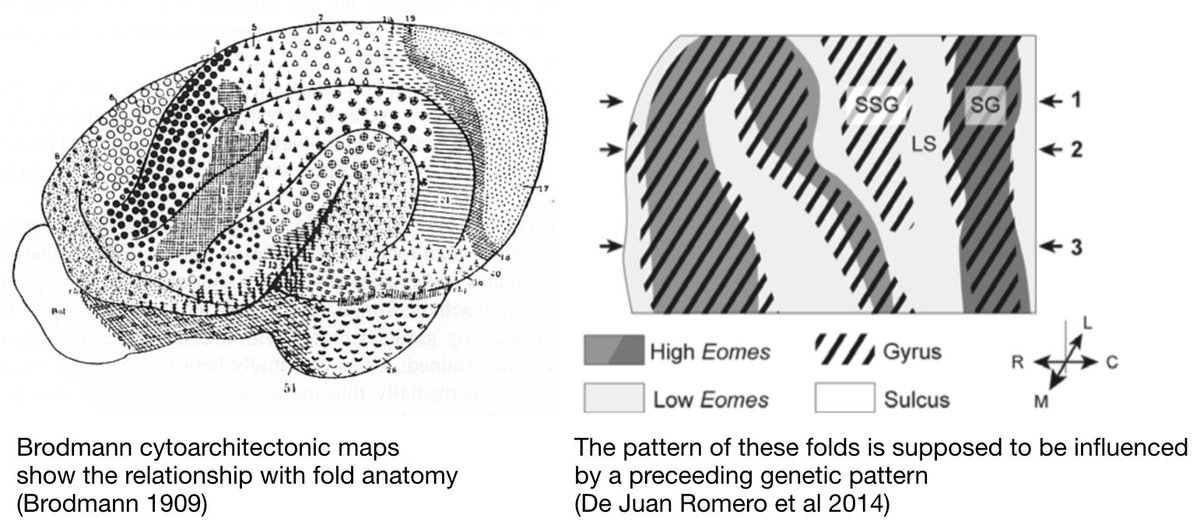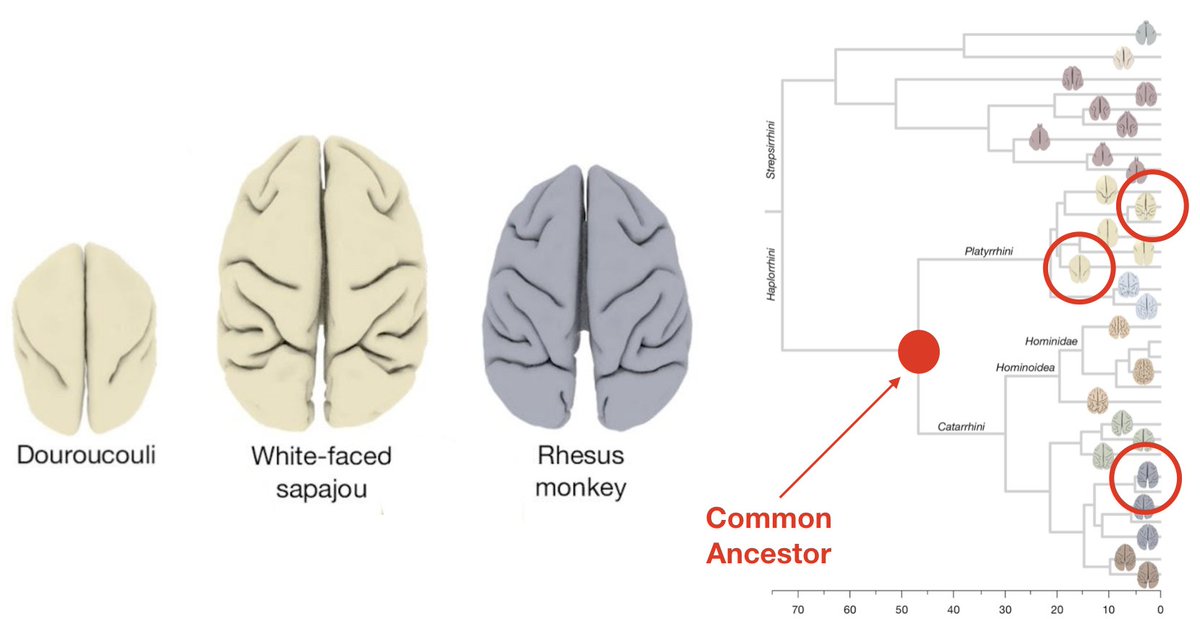
"Life as autonomy" is an introductory section
#BiologicalAutonomyMorenoMossio
#BiologicalAutonomyMorenoMossio
1. The main question of the book is how to characterise life?
A fundamental problem is the tension between the principle of continuity from inert to living, and the obvious differences between them.
A fundamental problem is the tension between the principle of continuity from inert to living, and the obvious differences between them.
2. Mainstream thinking emphasises the role of evolution and adaptation, i.e., the history of changes, but forgetting the organism, which becomes almost *dispensable*.
3. Biological Autonomy (BA) proposes that *a theory of living organisation* is fundamental for understanding how these evolutionary mechanisms could have appeared, and how they could work.
4. A central idea is that living beings are systems continuously producing their own chemical components, and with these components they build their organs and functional parts, in *an organisation that maintains itself*.
5. The idea has been advocated by many authors. Kant, for example, who argued contrary to the Cartesian argument, that organisms are deeply different from machines, intrinsically teleological. 

6. During the 70s, these ideas were proposed by the second-order cybernetics of Von Förster, Ashby or Maturana, in particular, within the theory of autopoiesis. 



7. A common theme is that 𝙗𝙞𝙤𝙡𝙤𝙜𝙞𝙘𝙖𝙡 𝙨𝙮𝙨𝙩𝙚𝙢𝙨 𝙧𝙚𝙖𝙡𝙞𝙨𝙚 𝙖 𝙙𝙞𝙨𝙩𝙞𝙣𝙘𝙩𝙞𝙫𝙚 𝙧𝙚𝙜𝙞𝙢𝙚 𝙤𝙛 𝙘𝙖𝙪𝙨𝙖𝙩𝙞𝙤𝙣, unique to this type of system, different from those available to inert matter or machines.
(ping @ProfLaurenRoss)
(ping @ProfLaurenRoss)
8. Organisms are able not only to produce & maintain the parts that contribute to the functioning of the system as an integrated, operational, and topologically distinct whole but also to promote the conditions of its own existence through its interaction with the environment 

9. This is in essence what is called here Biological Autonomy: an operationally closed system, thermodynamically open, able of self-regulation and agency.
10. Maturana & Varela called this causal circularity “operational closure”. However, their definition, stated in terms of 𝙘𝙡𝙤𝙨𝙪𝙧𝙚 𝙤𝙛 𝙥𝙧𝙤𝙘𝙚𝙨𝙨𝙚𝙨, is too broad and would include tornadoes, candle flames
11. Maturana & Varela’s definition also fails to make explicit the role of the interaction with the environment.
12. In the theory of Biological Autonomy, an explicit distinction is made between:
1. A constitutive dimension (similar to Maturana & Varela's), and
2. An interactive dimension
1. A constitutive dimension (similar to Maturana & Varela's), and
2. An interactive dimension
13. The interactive dimension is not a mere side-effect of the constitutive one: 𝘽𝙚𝙞𝙣𝙜 and 𝙙𝙤𝙞𝙣𝙜 are two-sides of the same coin. Even the simplest organisms create their own world – Von Uexküll’s Umwelt. 

14. End of the introductory section
Continue to Chapter 1!
Continue to Chapter 1!
https://twitter.com/R3RT0/status/1525467343161372673?s=20&t=wrI1bJ3nXcBvje_ay_PSCg
• • •
Missing some Tweet in this thread? You can try to
force a refresh







